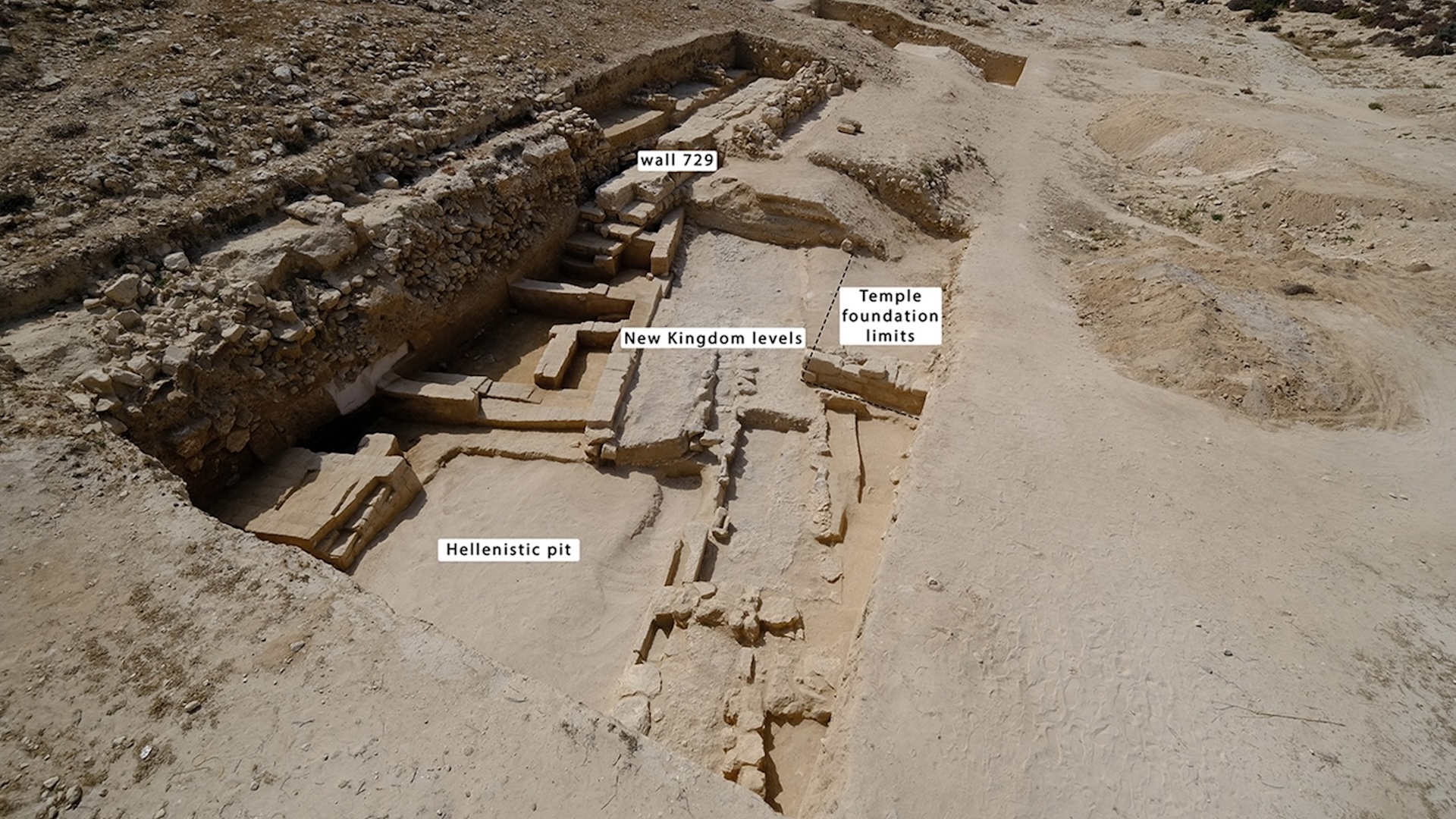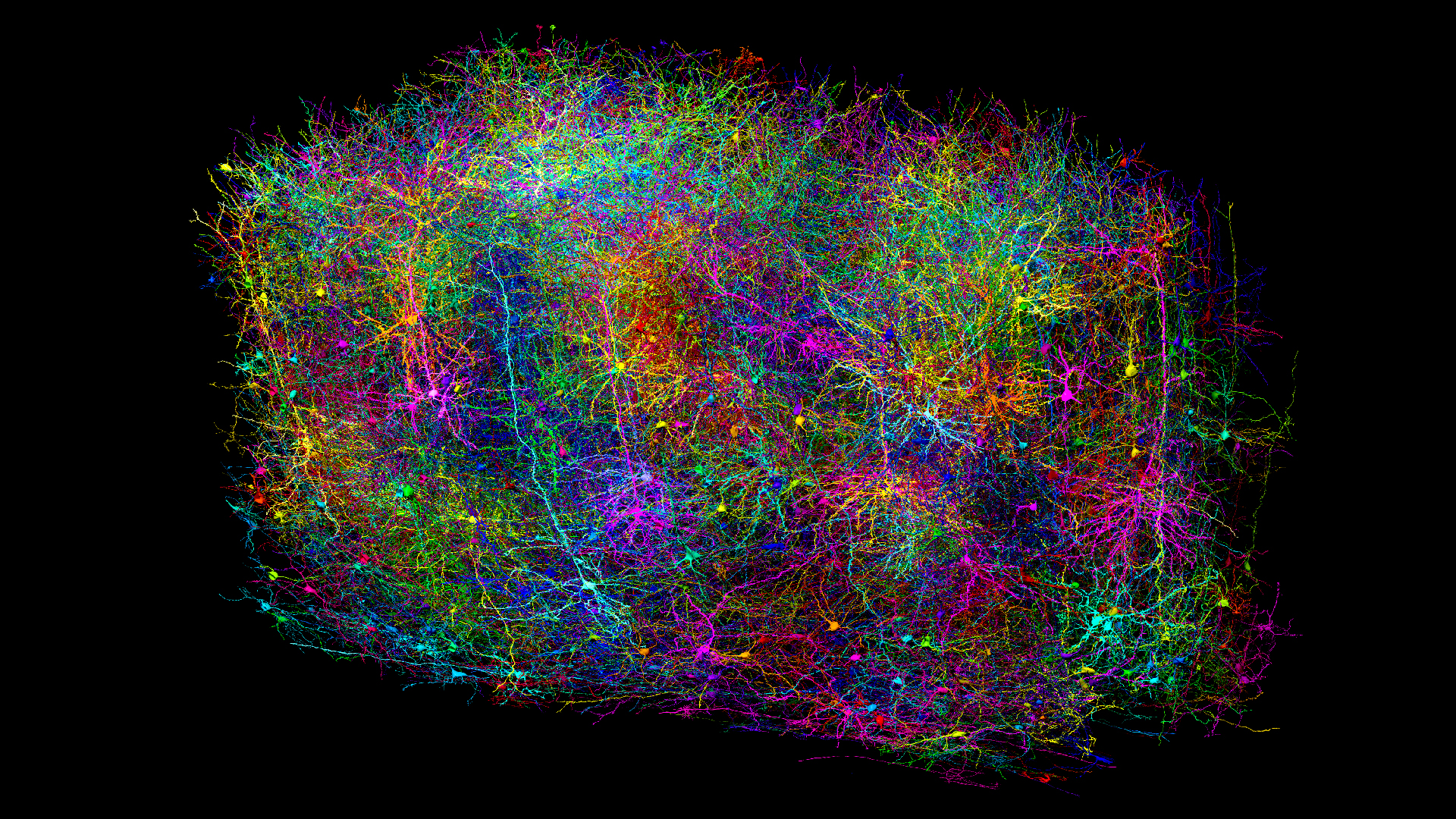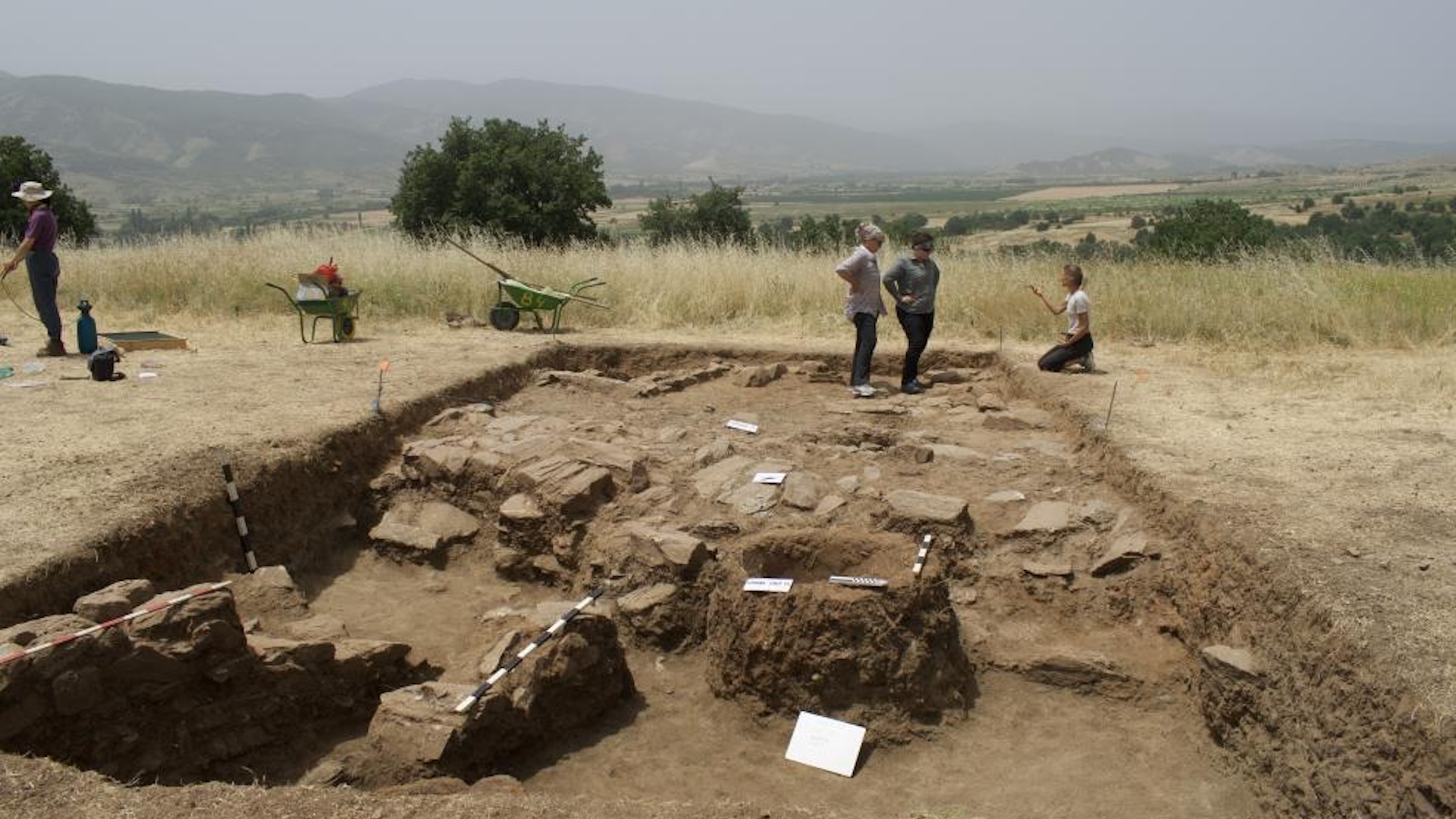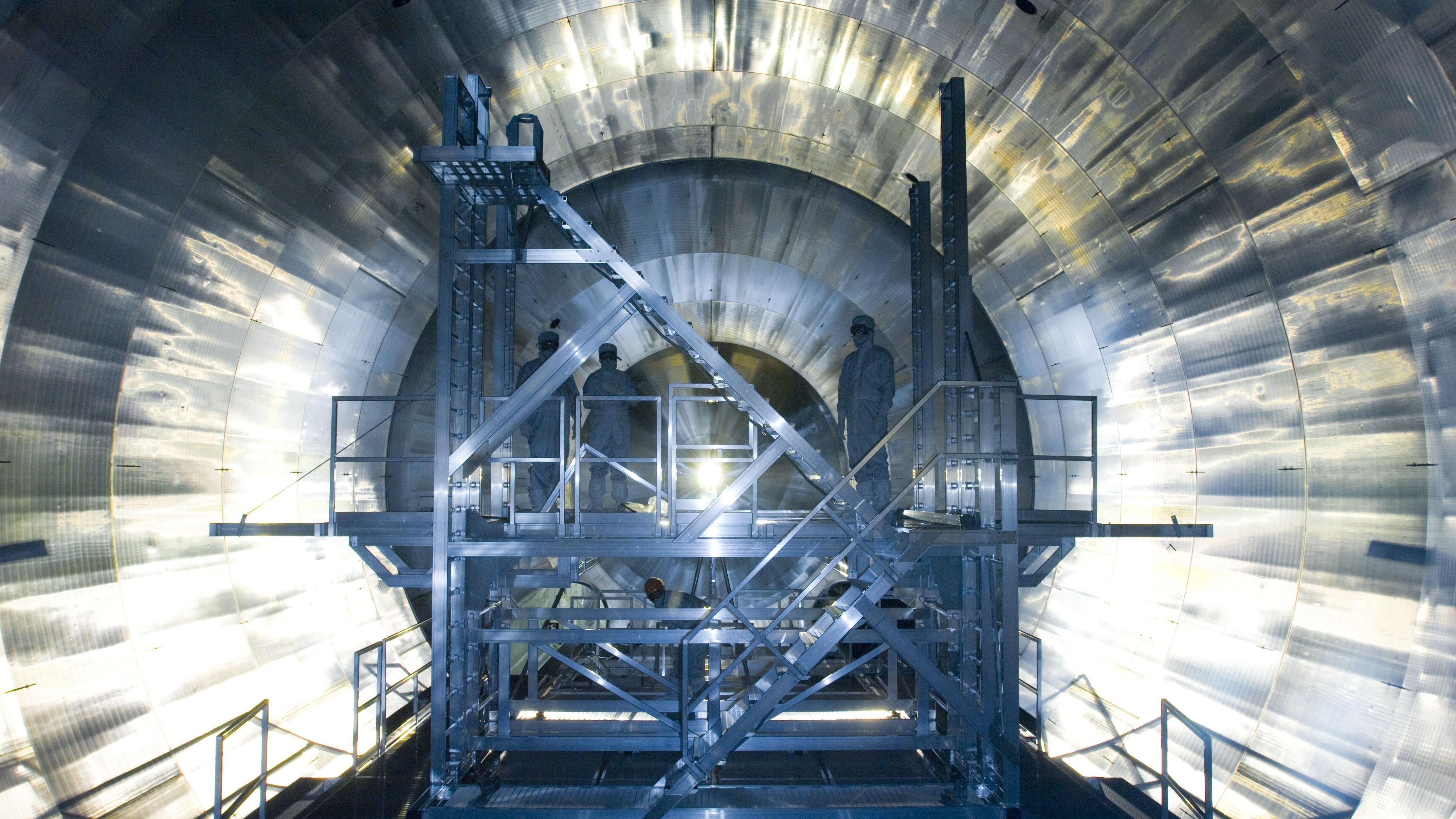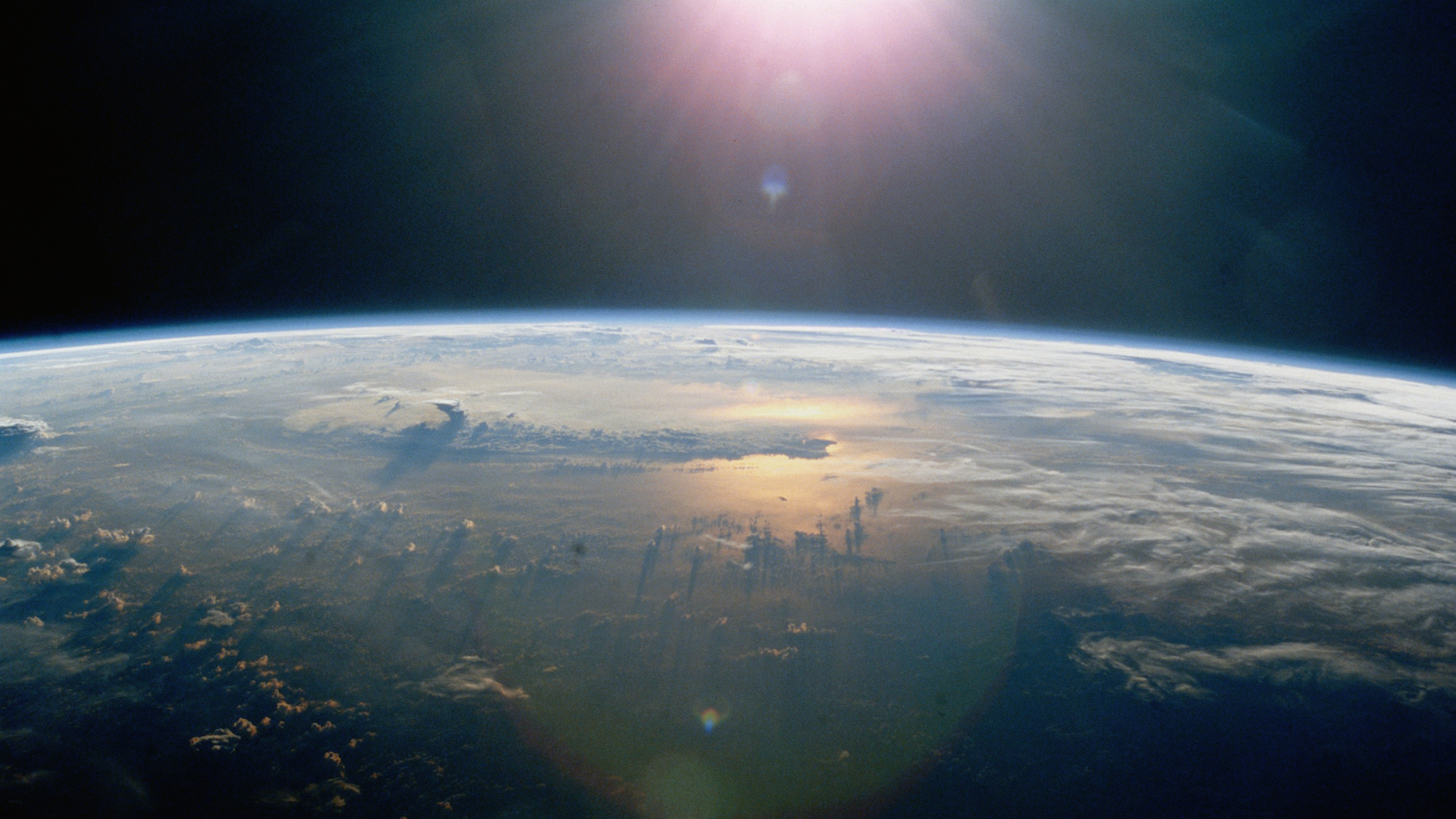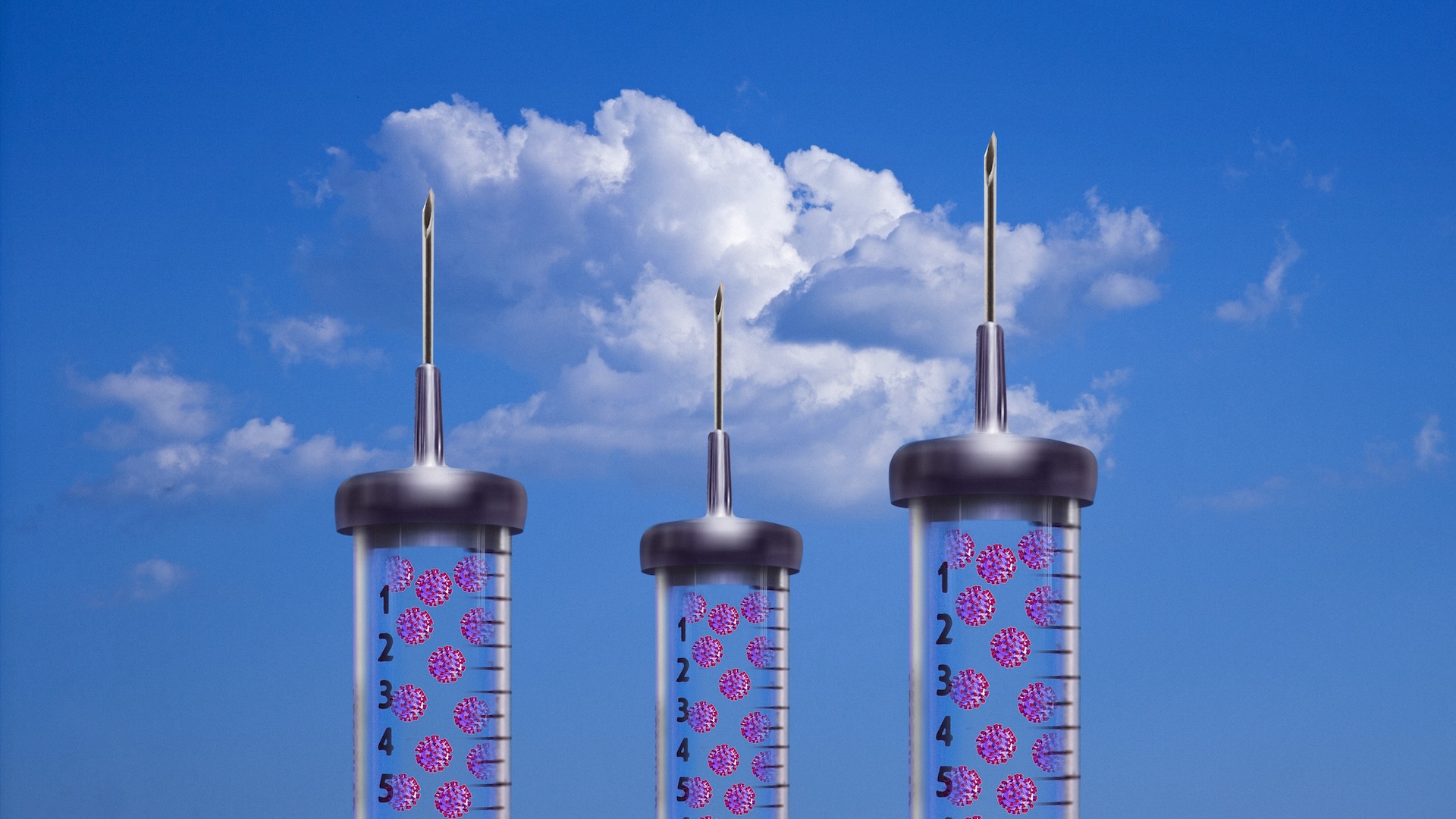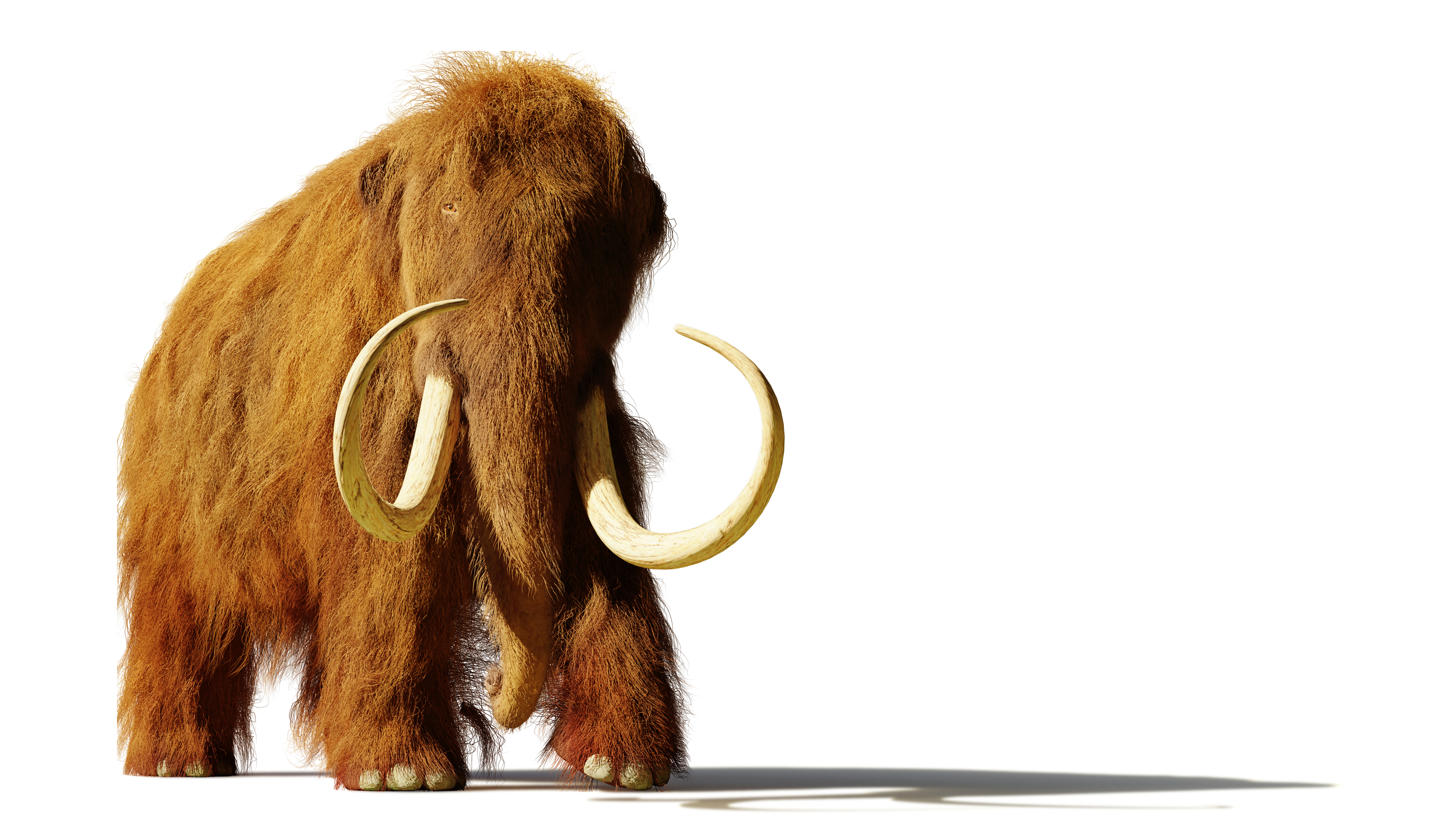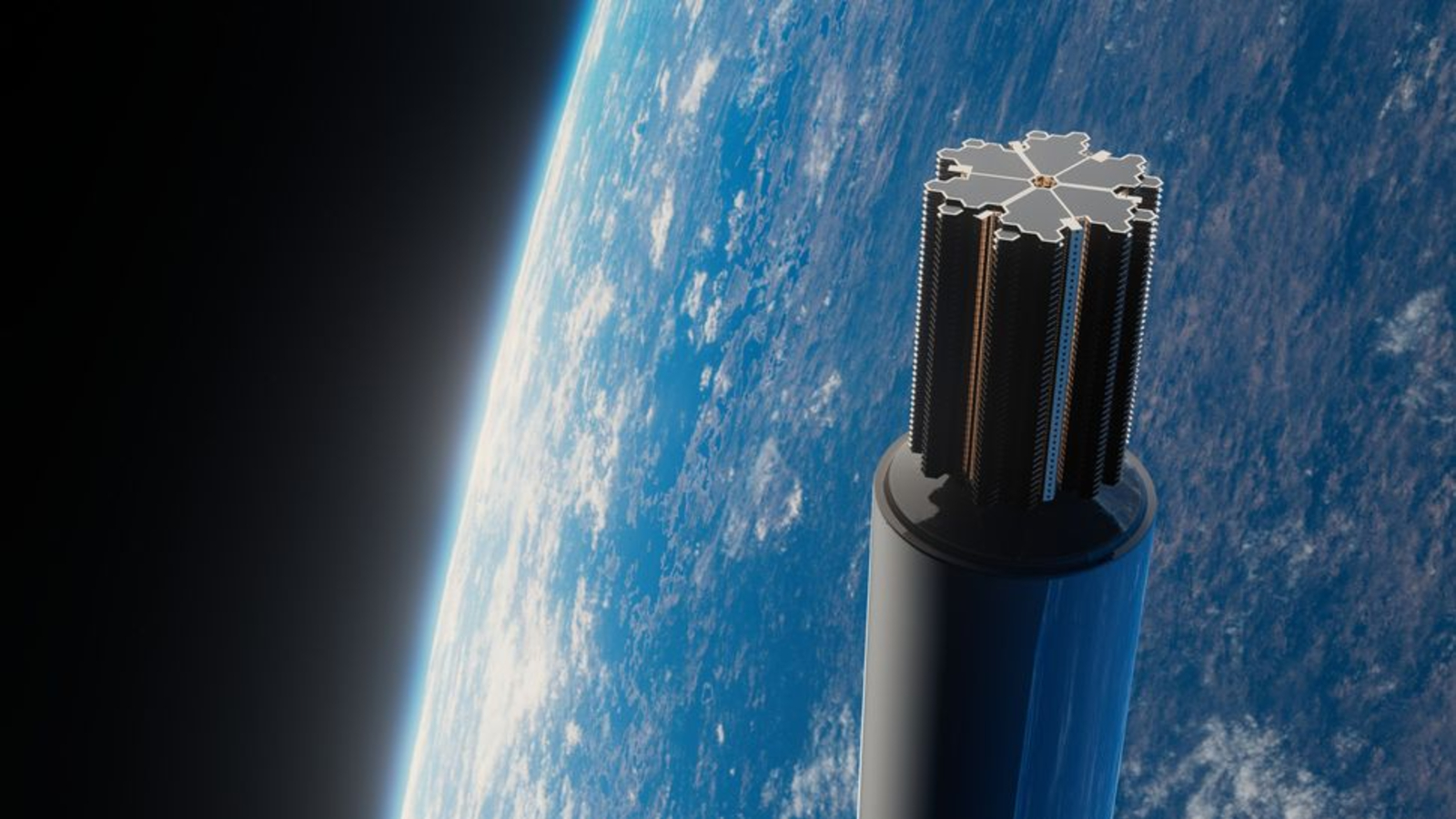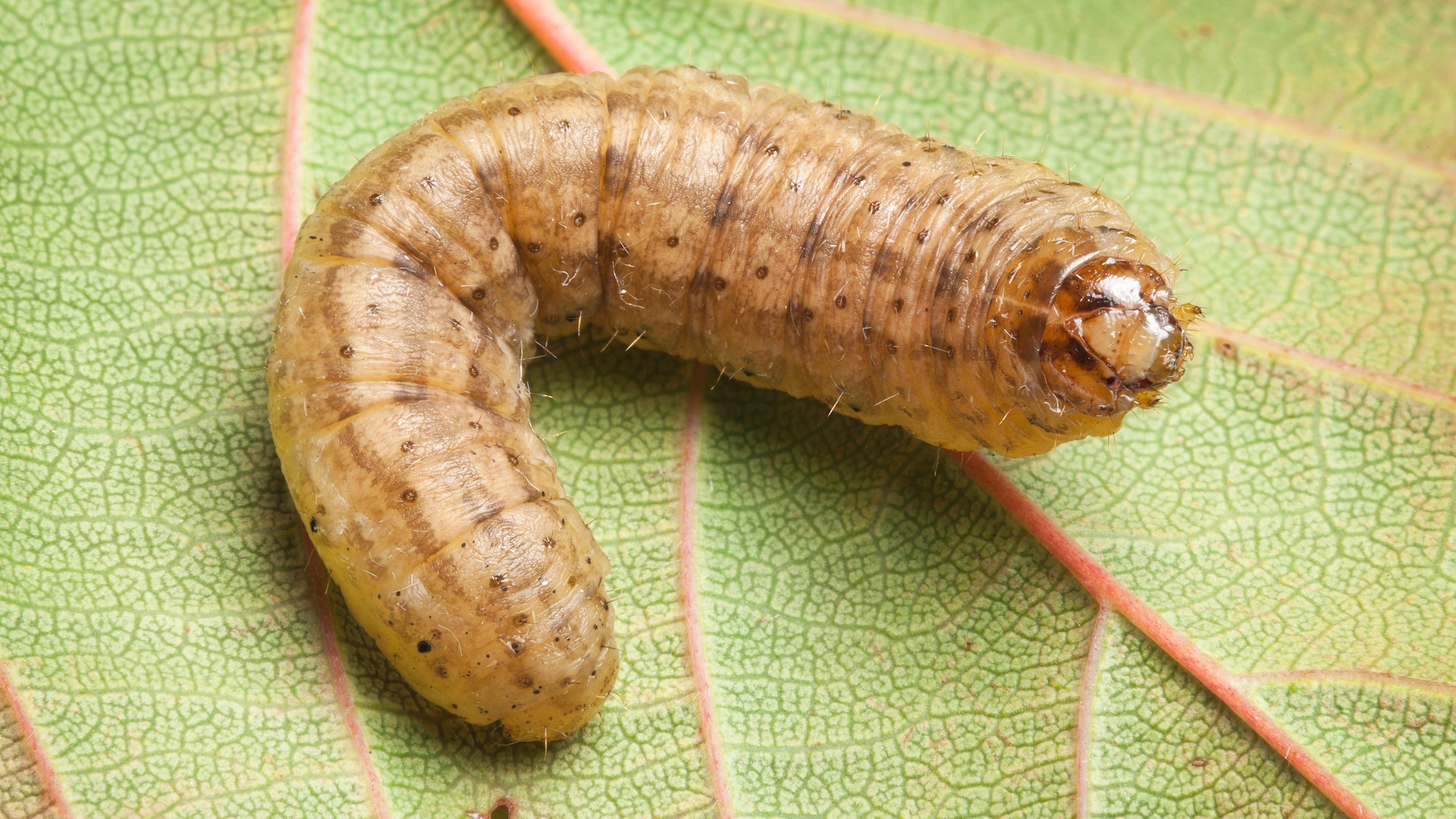Chance of 'city-killer' asteroid 2024 YR4 smashing into Earth rises yet again to 3.1%, NASA reports
NASA has increased the chances of asteroid 2024 YR4 hitting Earth in 2032 to 1 in 32, or 3.1%, up from 1 in 42 as reported in previous calculations.
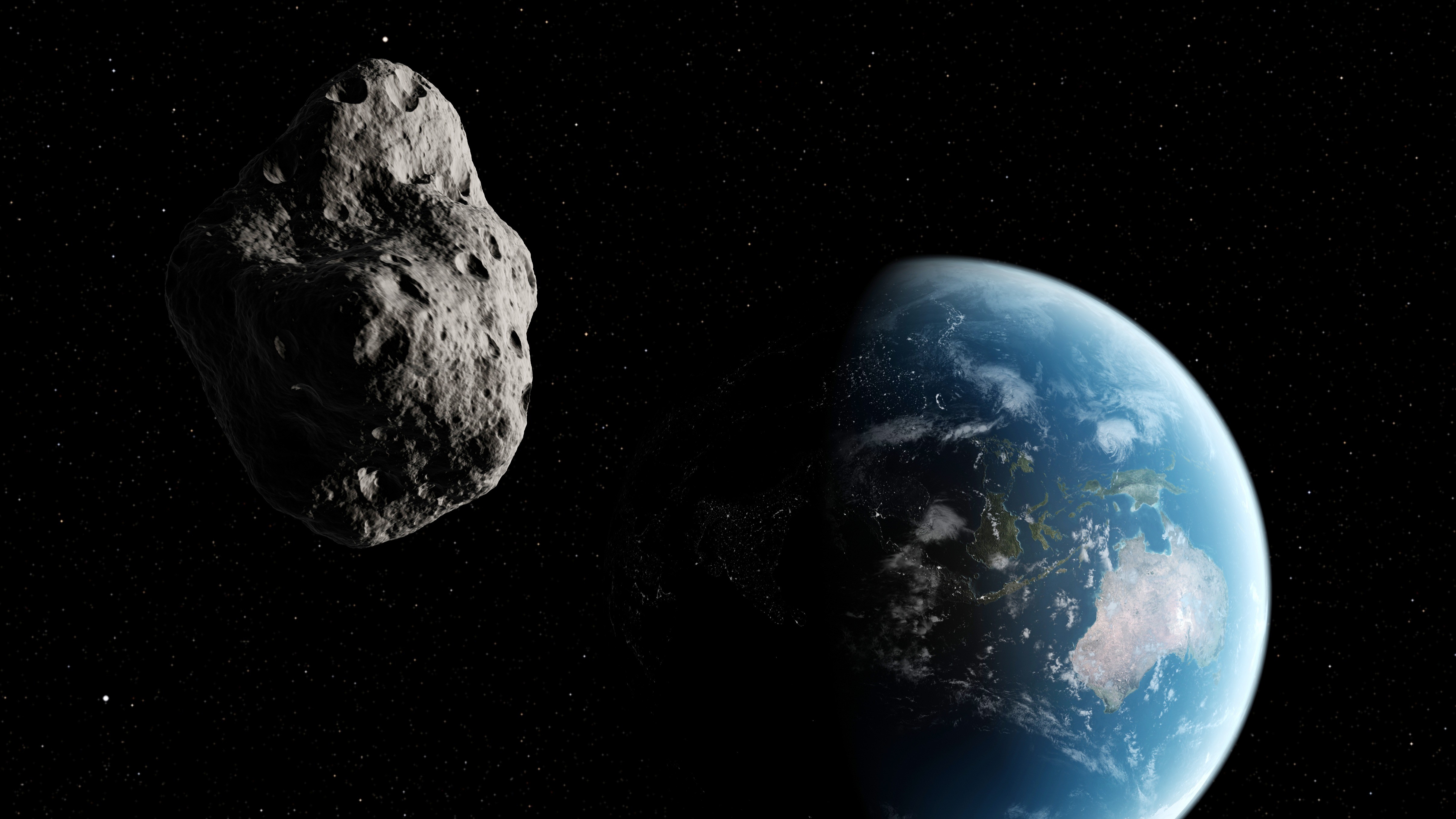
Recent updates
As of Wednesday (Feb. 19) afternoon, NASA decreased the likelihood of asteroid 2024 YR4 hitting Earth in 2032 from 3.1% to 1.5%.
The probability that a major asteroid, big enough to wipe out an entire city, will hit Earth in 2032 has just increased to 1 in 32, or 3.1%, according to NASA.
On Feb. 7, NASA increased the likelihood that asteroid 2024 YR4 will hit Earth in seven years time from 1.2% to 2.3%. The odds of impact then climbed to 2.6%, and are now at 3.1%, according to the latest data on NASA's Center for Near Earth Object Studies website.
Asteroid 2024 YR4 has an estimated diameter of around 177 feet (54 meters), or about as wide as the leaning tower of Pisa is tall. But while it is too small to end human civilization, the asteroid could still wipe out a major city, releasing about 8 megatons of energy upon impact — more than 500 times the energy released by the atomic bomb that destroyed Hiroshima, Japan.
The good news is that there's still a 96.9% chance that the asteroid will miss Earth entirely, and as researchers learn more about its trajectory, the odds of a strike are likely to decrease to 0%, based on its current risk level in the NASA data. There's also a tiny 0.3% chance that YR4 will hit the moon instead of Earth, Live Science previously reported.
Scientists use a measurement called the Torino Scale to categorize the risk posed by nearby asteroids and comets. With a Torino Scale rating of 3 out of 10, YR4 is capable of localized destruction and passes the 1% impact probability threshold (meaning the risk of a potential impact is estimated to be greater than 1%).
Additional observations will give scientists a more precise estimate of the asteroid's orbit, which usually means they'll be more confident it won't hit Earth. Many other objects on NASA's asteroid risk list have ended up with an impact probability of 0% after more data became available.
Sign up for the Live Science daily newsletter now
Get the world’s most fascinating discoveries delivered straight to your inbox.
A team of scientists was recently granted emergency use of the James Webb Space Telescope, the most powerful space telescope, to study YR4 in the coming months and assess its risk, as well as its true size.
YR4 is currently the only known large asteroid with a more than 1% chance of hitting Earth, according to NASA's planetary defense blog. In the unlikely event that YR4 does collide with Earth, it would probably hit somewhere along a "risk corridor" stretching across the eastern Pacific Ocean, northern South America, the Atlantic Ocean, Africa, the Arabian Sea, and South Asia, according to NASA.

Patrick Pester is the trending news writer at Live Science. His work has appeared on other science websites, such as BBC Science Focus and Scientific American. Patrick retrained as a journalist after spending his early career working in zoos and wildlife conservation. He was awarded the Master's Excellence Scholarship to study at Cardiff University where he completed a master's degree in international journalism. He also has a second master's degree in biodiversity, evolution and conservation in action from Middlesex University London. When he isn't writing news, Patrick investigates the sale of human remains.
You must confirm your public display name before commenting
Please logout and then login again, you will then be prompted to enter your display name.
